Generative AI - After the Frenzy
Sustainable use cases and sticky adoption will come after the current hype settles.

How did we get here?
Generative Artificial Intelligence is a term used to describe machine learning algorithms that can be used to generate ‘new and original’ content, including text, images, audio, and video.
Research has been happening in this field for decades, but 2022 saw some dramatic breakthroughs. A number of AI tools reached a tipping point in performance and started opening access to the general public.
By mid-2022, early enthusiasts were creating and distributing highly realistic AI-generated images on their social media channels.
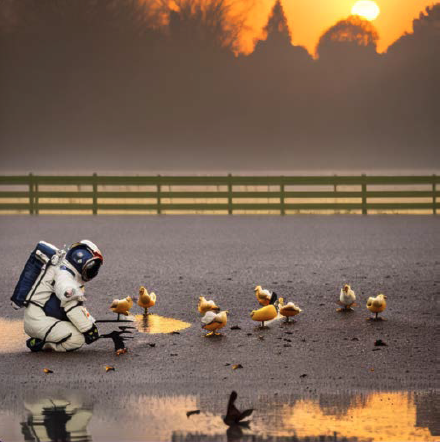
In late November 2022, OpenAI released ChatGPT, a chatbot based on their GPT-3 large language model.
In the hands of the general public, the use of ChatGPT exploded, ranging from people using the chatbot to pass the US MLE medical licensing exam, to students using it to complete their school assignments.
Within a matter of weeks, ChatGPT and Generative AI went from being a niche tech topic to the subject of dinner party conversations.
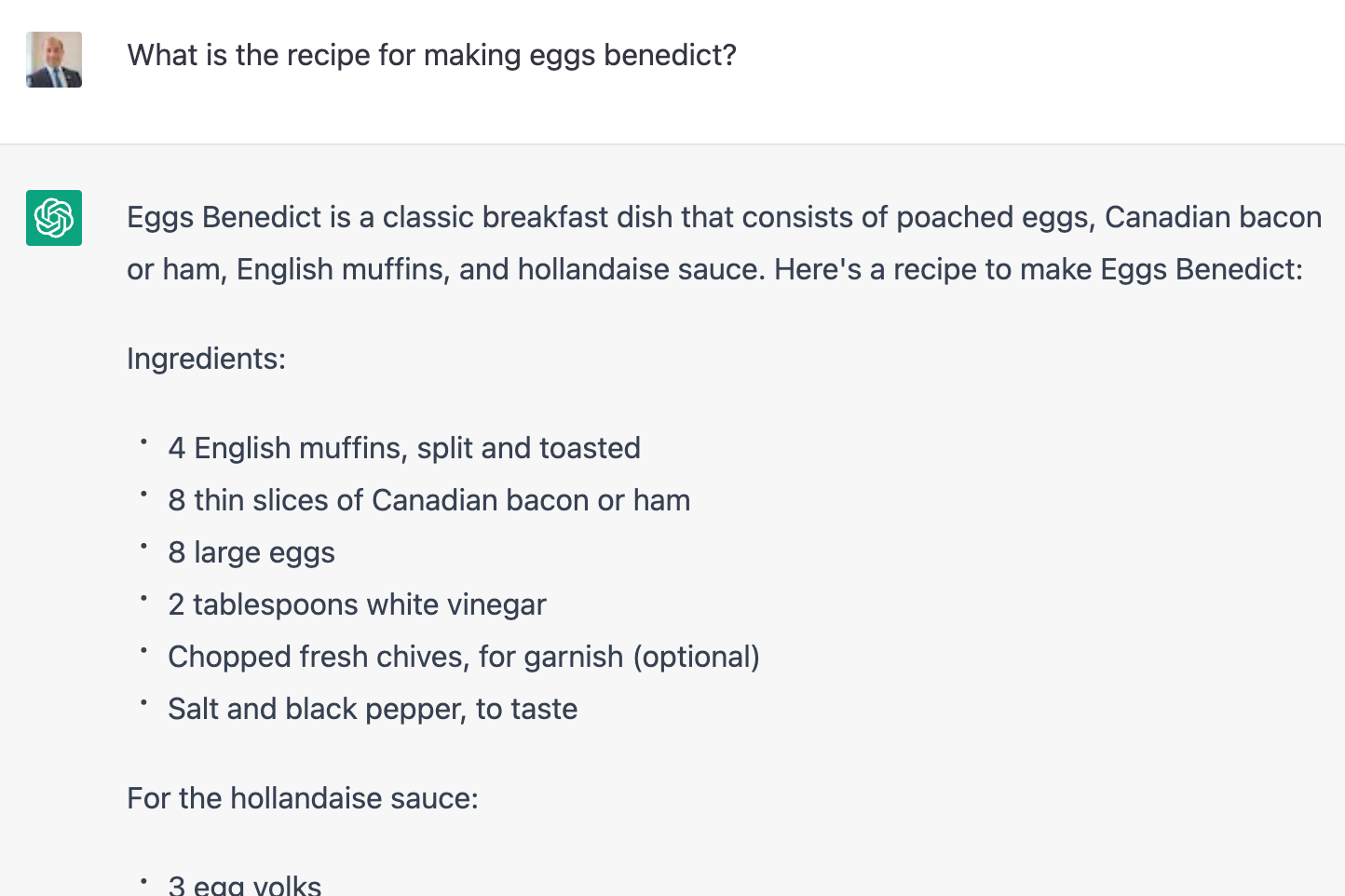
By the end of 2022, Generative AI had fully captured our attention.
Of course, none of this was accidental.
In September 2022, Sequoia Capital, an early-stage investor in OpenAI, started creating online buzz about Generative AI.
In November 2022, OpenAI released the research demo version of ChatGPT to the general public.
In January 2023, OpenAI reached an eye-popping valuation of $29 Billion.
What we experienced was an expertly created media frenzy that netted billions in returns for early investors and a highly profitable outcome for OpenAI, which ironically started out as a "Non-Profit" back in 2015.
It was the masterful use of hype and timing to drive valuation.
However, as with all artificially created news cycles, once the hype reaches a peak of excitement and sees a frenzy of investment, the momentum slows down.
By late 2023, Generative AI will enter this post-frenzy period, which is when real use cases will start to emerge and sticky adoption will happen.
Where are we going?
Generative AI is a revolutionary technological innovation and its impact on human productivity will be quite significant. Of course, that doesn't mean a dystopian future where we all get replaced by bots running on Artificial Intelligence.
Instead, humans will adopt Generative AI at our own pace, and eventually, find many creative ways to use AI tools to our advantage.
With the gradual adoption of Generative AI, the way that we create digital content will change completely
Writing & Coding
Knowledge work that relies on structured and standardized writing will see huge disruption. Generative AI will be highly effective here as it can be used to create a large portion of written content and in some cases even all of it from scratch.
Think of summaries, briefs, business communications, legal documents, blogs, and even marketing copy. Pretty soon, Generative AI will create social media posts too.

Coding is another area of writing which is highly structured and syntax-based. AI-based code writing assistants like "Github Copilot" are already being used and will only increase in utility and sophistication in the coming years.
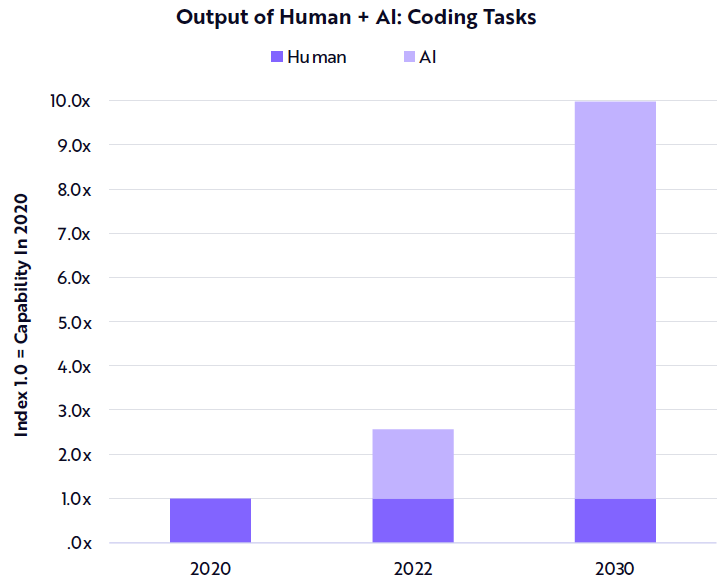
Creating original works of fiction, that spark emotion and resonate with us at a visceral level, will still remain the domain of human writers.
However, human writers contend with mental blocks too and are often faced with moments that need a bit of inspiration. This is where Generative AI tools can be a helpful aid, by giving suggestions, plot ideas, and creative assistance.
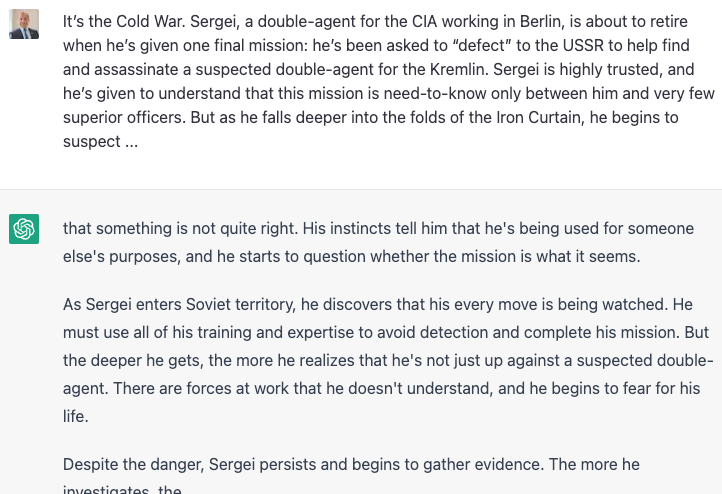
Synthetic Visual Media
Commercial digital media (stock images, video shorts, animation, advertising, etc.) will see huge disruption. Generative AI will be particularly effective in this space, as it can be given a prompt to create relevant visual content, quickly and cheaply.
By providing massive gains in both time and cost, Generative AI will be highly useful in generating commoditized visual content for commercial use.
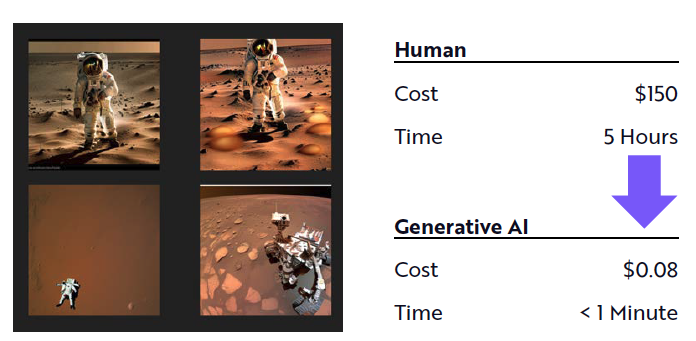
Artistic creations made by humans evoke deep reactions and emotions in us, and we value them for the passion, time, and effort of the artists involved.
Despite the commoditization of visual media by Generative AI, there WILL ALWAYS be a value premium for real artistic creativity.
I saw the picture below in a Raymond Weil ad campaign years ago. To this day, this photograph, and the other works of Lois Greenfield, spark more joy for me than any image that could be created by 'pressing a button' in some AI tool.

The Other Side
Generative AI will revolutionize digital content creation, but it will also give rise to novel issues in copyright, bias, and the spread of misinformation.
The classic Silicon Valley approach to 'move fast and break things" can not and should not be applied to make advancements in Artificial Intelligence.
The potential for harm and misuse is far too great, for us to rush innovations in Artificial Intelligence merely for the sake of progress and investor returns.
As I have written previously in Beyond the Plateau, it is in our collective interest to push for innovation to advance in a way that benefits all of society, not just venture capitalists and shareholders.
This call to action becomes even more urgent with technology like Generative AI!